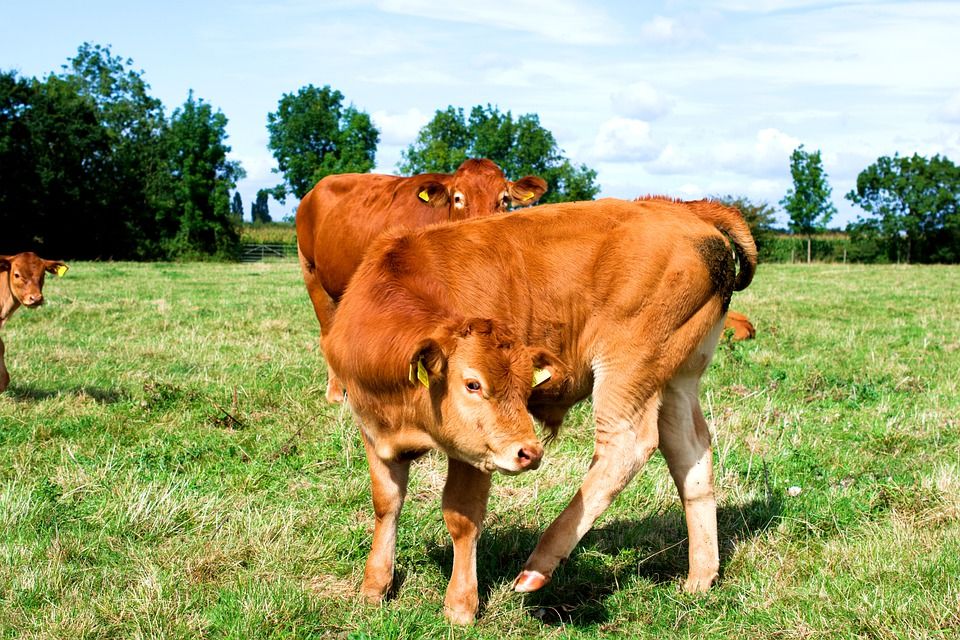U.S. beef production will fall in part due to a lower availability of steers imported from Mexico, projected the USDA.
Mexico exports calves to the United States due to a lack of pasture and feedlots. In addition, the U.S. advantage in the availability of forage also plays a role. Calves are usually shipped after separation from their mothers. They arrive directly to feedlots in the United States.
U.S. beef production
However, the picture has changed. The USDA restricted cattle imports for sanitary reasons. As of November 22, 2024, the entry of beef cattle and bison from Mexico was limited. This followed the detection of New World screwworm (NWS) in Chiapas.
Although imports resumed on February 1, 2025 under a new protocol, the flow of steers was reduced. It took six weeks to reach only 68% of the weekly volume recorded the previous year.
Then, on May 11, 2025, imports of live cattle, horses and bison were again suspended due to new GBN findings in southern Mexico.
As a result, the USDA estimates that U.S. beef production will fall 5% in 2026. Exports will also decline. They are projected at 2,495 million pounds, down 6% year over year. That equates to less than 10% of total production, down from 10% in 2025 and 12% on average from 2020 to 2024.
Against this backdrop, lower supply, high domestic prices and competition from Oceania continue to limit the expansion of U.S. beef exports.
Projection
U.S. beef production will continue to decline in 2026. USDA projects a volume of 25.14 billion pounds, representing a 5% decline versus 2025.
This would be the fourth consecutive annual decline, following a record high in 2022. The low production is due to several factors. Among them, a lower calf availability forecast for 2025 stands out, as well as a higher number of heifers retained for breeding.
In addition, the drop in live cattle imports is also a factor. These elements will reduce the number of animals placed in feedlots in late 2025 and early 2026.

